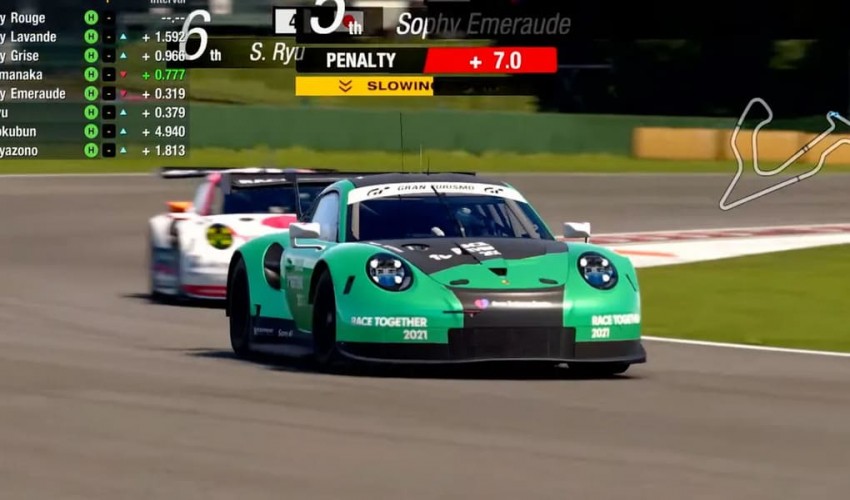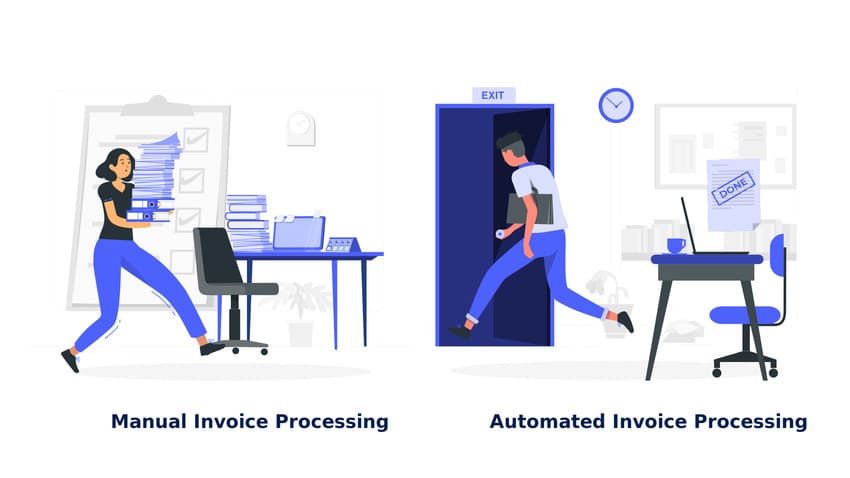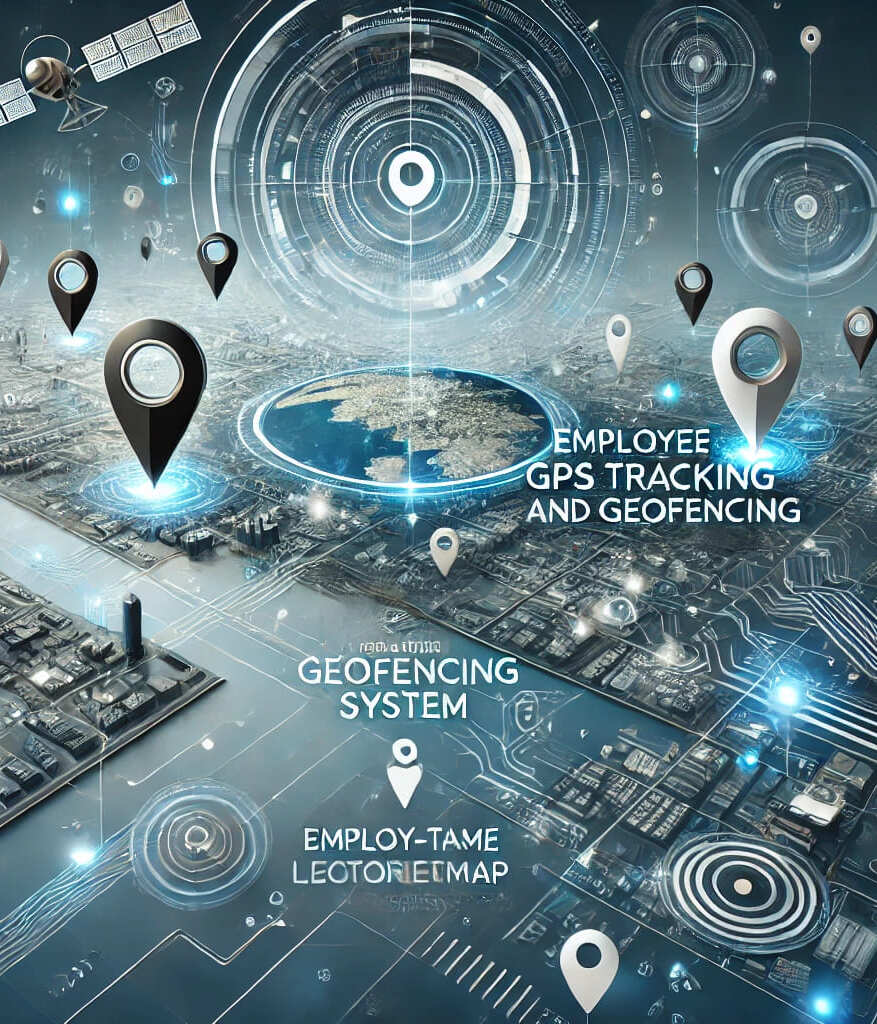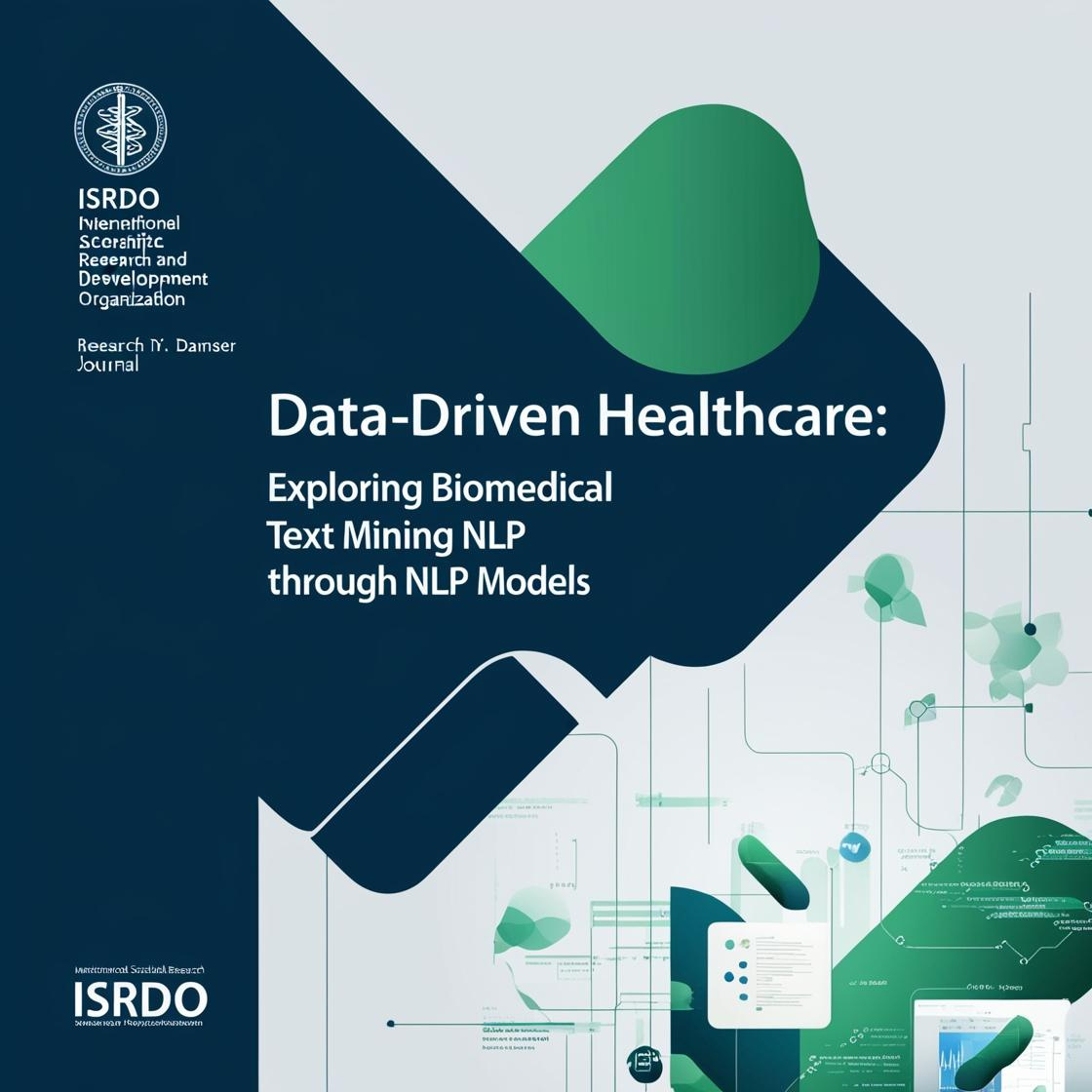Computer Science and Engineering
16
Gran Turismo video game: artificial intelligence beats human champions.
- Rating
- ai
- autonomous
- speed
- starcraft
- competing
- race
- games
The show also disproves common beliefs regarding autonomous vehicles.
In order to keep their cars under control as they speed down the quickest "racing line" around a bend, race car drivers must perfectly timing the moments when they stop, steer, and accelerate. Self-driving cars can learn to finish a lap at the maximum feasible speed since the process is dependent on the limitations of friction, which are defined by established physical principles (as some have already done). When the autonomous vehicle must coexist with human drivers, however, this issue becomes intractable. Today, researchers have essentially solved the problem by teaching AI to race faster than humans in the ultrarealistic video game Gran Turismo Sport. The results may provide fresh avenues for advancing the practicality of autonomous vehicles to those working in the field.
Some computer games, such Starcraft II and Dota 2, have already seen artificial intelligence triumph over human gamers. Peter Wurman, director of Sony AI America and co-author of the latest study published in Nature, claims that Gran Turismo is fundamentally different from other games. "The environment determines the rules and shields the users from each other in the vast majority of games," he says. Yet in racing, the vehicles are quite close together; the AI agents will need to understand and apply a sophisticated code of conduct. They need to be courteous to their rivals, but they must also protect their own driving lanes and avoid simply yielding.
Sony's AI team employed a method called deep reinforcement learning to train its algorithm. The AI was awarded for following rules and regulations and for maintaining control of the vehicle throughout races. The software was then released to experiment with various racing strategies until it found one that yielded the desired results. Sony's artificial intelligence team developed various "Gran Turismo Sophy" (GT Sophy) models, each of which is capable of handling a unique vehicle on a unique course. The team then put the algorithm up against the best human Gran Turismo drivers they could find. Humans topped the leaderboard in the first test back in July of last year. In October of 2021, on its second try, the AI finally succeeded. Its human opponents were beaten both individually and collectively, with the best lap times.
It appears that human gamers were able to shrug off defeats and even enjoy competing against computer bots. Sony AI's director of strategy and alliances Erica Kato Marcus adds, "Some of the things that we also heard from the drivers was that they learnt new things from Sophy's moves as well." The AI was employing lines that were so difficult that I might only be able to perform them once. Finalist in the FIA-Certified Gran Turismo Championships 2020, Emily Jones comments, "But it was so, so difficult—I would never attempt that in a race." Jones went on to compete against GT Sophy. Jones admits that she felt a little helpless up against the Computer, but that playing against it was still an incredible experience.
Jones explains, "In racing, as in many other sports, the goal is to come as near to a flawless lap as possible, but you can never get there." To witness the ideal lap in Sophy was mind-boggling. The speed limit had been reached.
Sony's AI is currently in the development stages. For each possible pairing of vehicle and course, "we trained an agent, a version of GT Sophy," Wurman explains. We're also trying to figure out if it's possible to teach a single policy that will apply to all vehicles and routes in the game. On the business side, Sony AI is collaborating with Sony Interactive Entertainment subsidiary Polyphony Digital, the game's creator, to perhaps use GT Sophy in a future update of Gran Turismo. The AI would need to be improved such that it presents a formidable challenge to players of any skill level, not just the champions who have tried it so far.
The unique physical characteristics that control each car and circuit in Gran Turismo suggest that this study might have implications beyond the gaming industry. Software engineer at OpenAI and co-author of the OpenAI Five project, which defeated humans at Dota 2, Brooke Chan says, "I believe one of the aspects that is intriguing, which does separate this from the Dota game, is to be in a physics-based world." "We're training AI to comprehend the physical world a little bit better by simulating aspects of it that exist in the real world, but it's not out in the real world." (Chan did not take part in the GT Sophy research.)
According to J. Christian Gerdes, a professor of mechanical engineering at Stanford University who was not involved in the new study, "Gran Turismo is a very good simulator—gamified it's in a few ways, but it really does faithfully represent a lot of the differences that you would get with different cars and different tracks." "To my knowledge, no one has come close to releasing a paper claiming that AI is competitive with humans in a racing scenario as this does."
Yet there are dissenting voices. Steven Shladover, a research engineer at the California Partners for Advanced Transportation Technology (California PATH) program at the University of California, Berkeley's Institute of Transportation Studies, who was not involved in the NatSim project, says, "In the real world, you have to deal with things like bicyclists, pedestrians, animals, things that fall off trucks and drop in the road that you have to be able to avoid, bad weather, vehicle breakdowns, and things like that." "You don't see any of it in the video game industry."
Yet, according to Gerdes, the success of GT Sophy is still relevant because it challenges common beliefs about how autonomous vehicles must be developed. An autonomous vehicle can base its choices on either the physical rules or its artificial intelligence programming. Motion planners, according to Gerdes, will often use physics-based optimization, while AI will be used for observation and prediction. "If you look at what's out there in the literature—and, to some degree, what people are putting on the road," he adds. Nevertheless, GT Sophy relied on the AI side of the model for motion planning (such as choosing how to approach a turn at the limit of its speed without crashing). He concludes that the creators of automated vehicles should take away the following lesson: "there's a data point here that maybe some of our preconceived notions—that some portions of this issue are better done in physics—need to be reconsidered." "AI may potentially participate in it as well."
Citation
https://ai.sony/articles/sonyai018/
Leave a Reply
Your email address will not be published. Required fields are marked *


